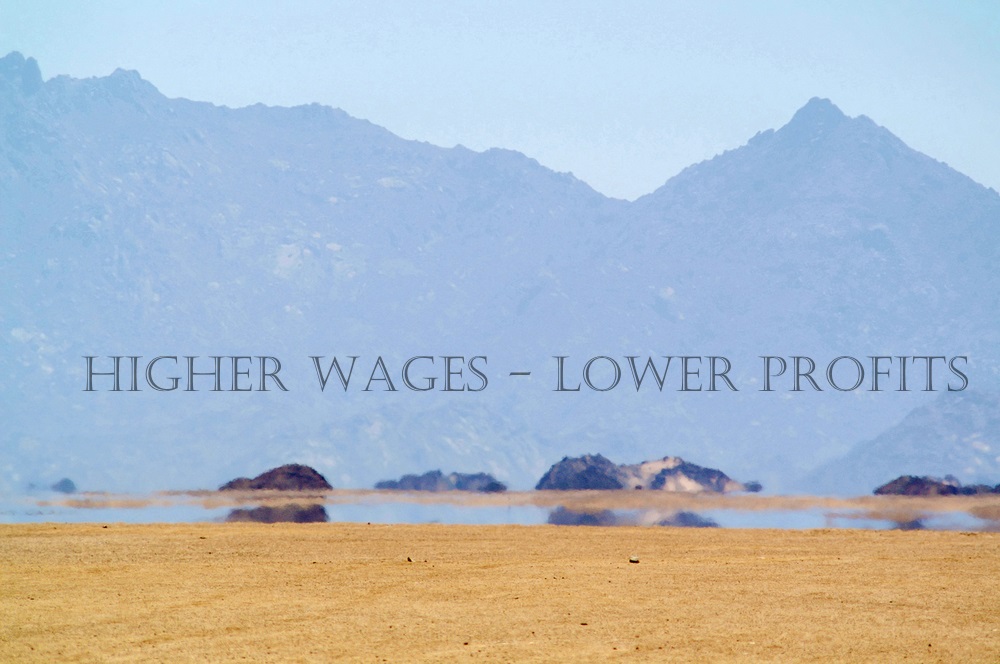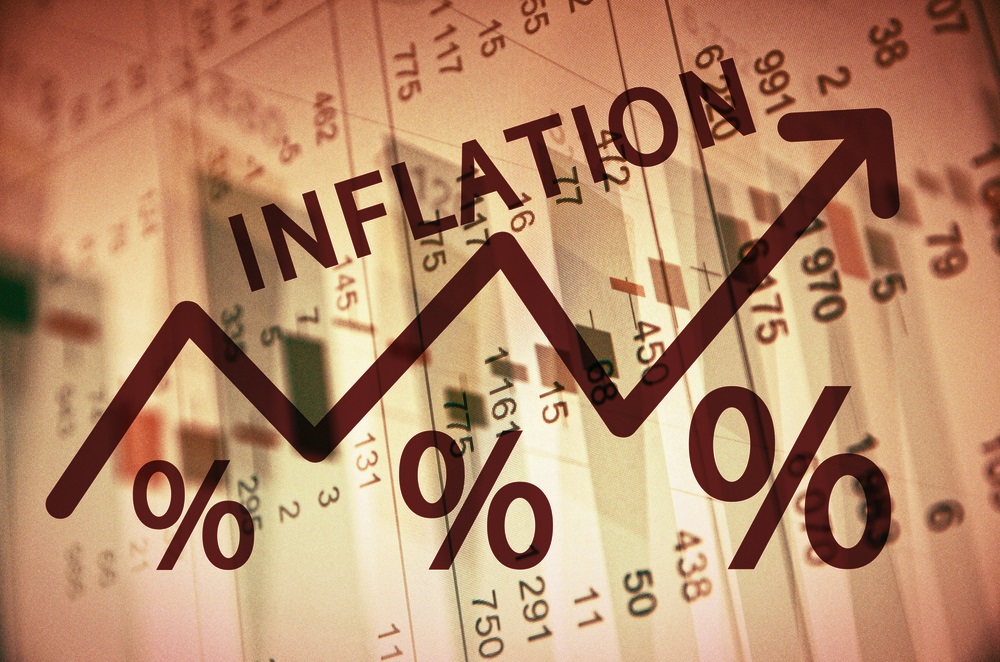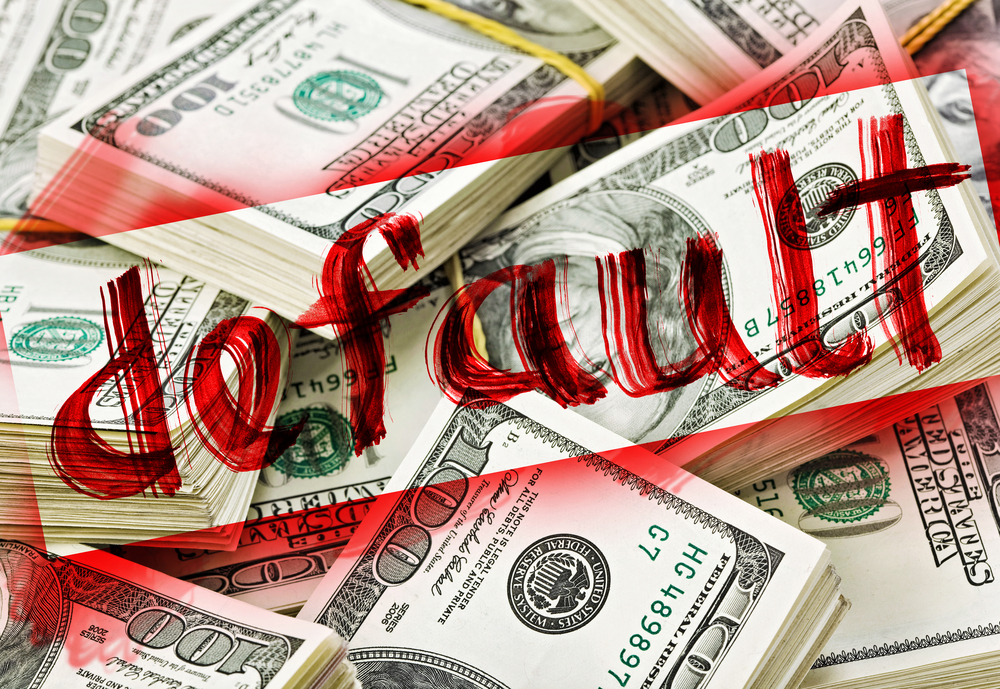I’ll never forget setting out on a beachside hike along the edge of Florida’s Charlotte Harbor.
The bay, though expansive, rarely hosts vessels much larger than a shrimp boat. So, imagine my amazement as I spied a massive ship — supertanker-sized — headed straight down the middle of the channel. It was an incredible sight!
As I continued to watch the image on the horizon, it slowly morphed until I realized, to my surprise, I wasn’t viewing a supertanker at all, but a humble fishing trawler heading for the Gulf of Mexico.
I had just witnessed my first fata morgana — an optical illusion that happens when viewing distant objects — ships, mountains, city skylines — through layers of cooler or warmer air.
In short, I’d been fooled by a mirage. Could the same be happening to investors right now? Are they witnessing a stock market fata morgana?
Profit margins have been on a dangerous wane for some time. In 2014, profit margins for the S&P 500 companies hovered near 9% on a four-quarter, trailing average basis. Today, the same figure has plummeted to nearly 7.5%.
And yet, the S&P 500 remains within a whisper of all-time highs. For investors, like a thirsty man who stumbles through the desert in quest of “water,” that’s the mirage. All that awaits is a mouthful of sand.
Why? A study released last year by Barclays looked back at all occurrences since 1973 where the S&P 500 profit margins shrank by 0.60% or more over a rolling 12-month period.
In five out of six occurrences, the economy fell into a recession.
The profit-margin decline in recent quarters has a number of reasons. One is the oil bust, as its effects ripple through the economy.
Another is that the Federal Reserve is no longer a “money pump” for corporations through quantitative easing.
A third is a phenomenon I’ve been harping on a lot lately — rising wages.
Higher Wages, Lower Profits
Just this month, Target became the latest major retailer to announce a pay raise for its legion of store workers to a minimum of $10 an hour.
You can understand Target’s unstated reluctance to join the crowd. When Wal-Mart raised its wage levels to make sure its lowest paid workers received at least $10 an hour, it came with a hefty price tag: $1.5 billion. Wall Street tanked the stock.
Or take Knight Transportation, which, like many trucking companies, is grappling with thousands of retiring boomer-aged drivers and a dearth of younger would-be drivers to replace them. Solution? Make the job more attractive by raising wages.
But when Knight announced first-quarter earnings last week, it came with disappointing results due in part to “inflationary” driver wages. The shares are down 20% from this time last year.
It’s starting to happen all over the S&P 500, but most of Wall Street hasn’t sounded the warning call yet — this usually happens after the market’s tanked 10% or 15% … and it could be just around the corner.
One of the firms that has taken notice, Goldman Sachs, recently pointed out a daunting S&P 500 statistic: For every 1% bump up in a company’s labor costs (above a year-in, year-out baseline average of 3%), there’s a corresponding 0.7% drag on earnings.
Some companies, Goldman predicted, will see a smaller negative impact because of a generally lower need for labor — think Netflix or MetLife. But there are legions of companies within the S&P 500 that will see a big hit from rising wages because of their labor-intensive business models — companies such as Whole Foods, Internet companies like Yahoo that lack low-cost automation alternatives and manufacturers like General Mills with mostly U.S.-based operations.
Of course, you could point to McDonald’s (NYSE: MCD) as a high-profile exception to the rule. McDonald’s workers will make at least $10 an hour by the end of this year, and its stock has hit new all-time highs.
But the “secret sauce” to McDonald’s is that labor costs don’t mean all that much to the company’s bottom line, and it only directly owns about 1,500 restaurants.
On the other hand, it is a very big deal to McDonald’s 13,000-plus franchisees, who also have to raise their wages, either because local laws demand it, or to stay competitive in the fight to attract and keep new employees.
What’s my point here? As Jeff Opdyke and others at The Sovereign Society have warned, inflation isn’t coming — it’s already here. But we’re just starting to see the effects, in the form of higher wages. The big question is: When will Wall Street start “discounting” the impact of lower profits with lower stock prices?
Kind regards,

JL Yastine
Editorial Director, The Sovereign Society









